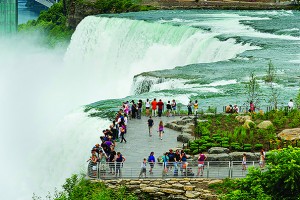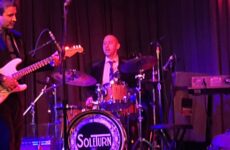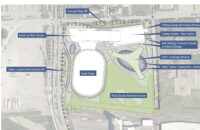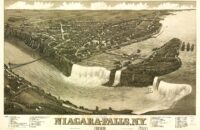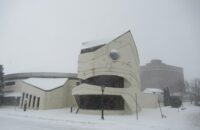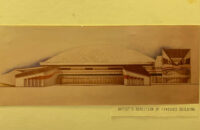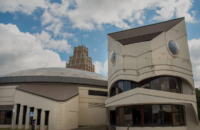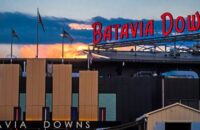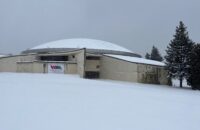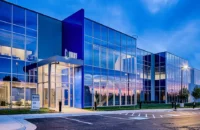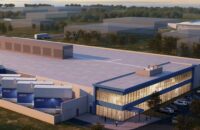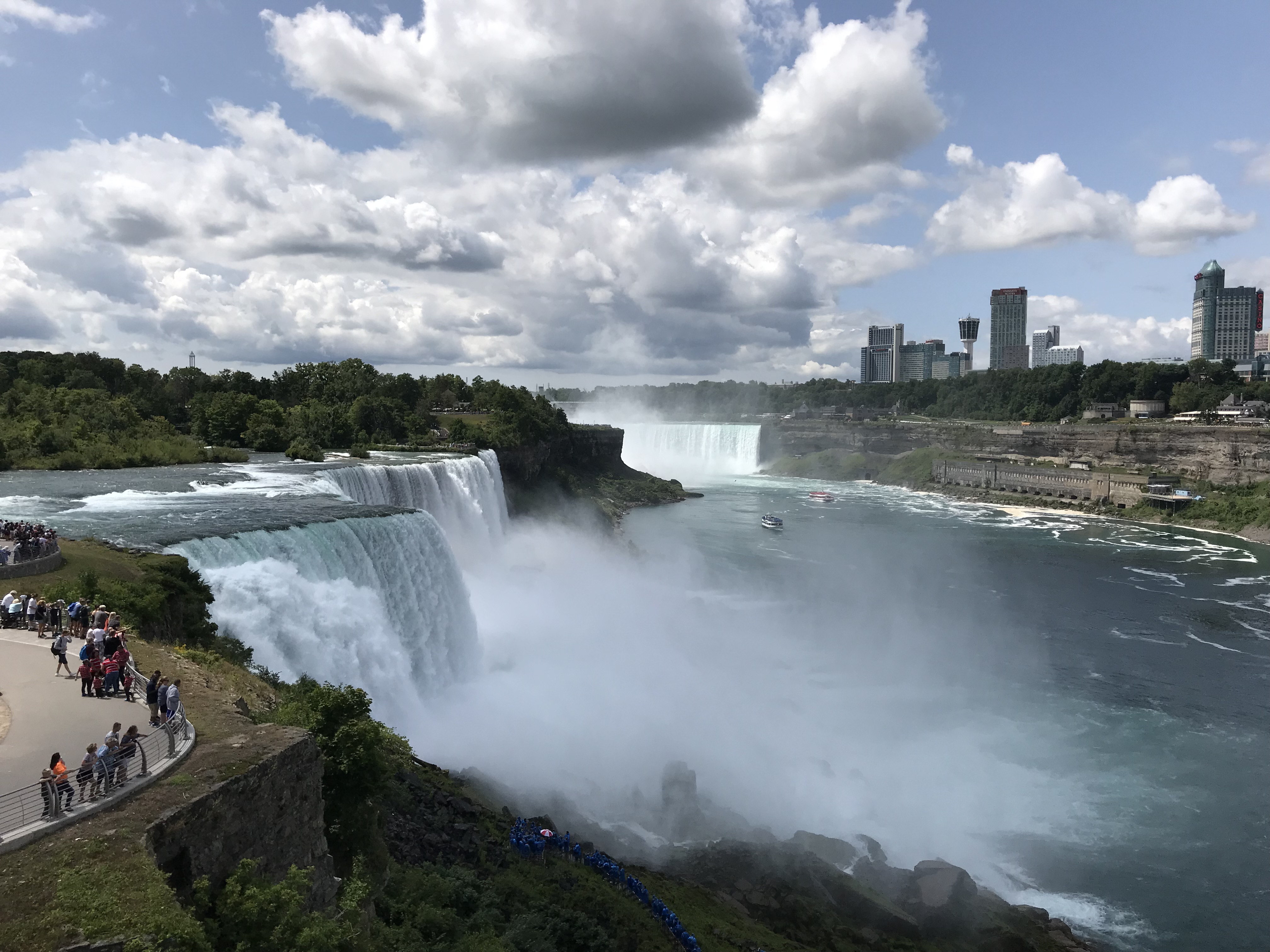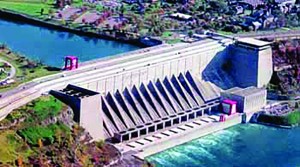
When the Robert Moses Power Plant opened in 1961, the generation of electricity by private industry in Niagara Falls became a thing of the past. What were they thinking?
Stupidity and corruption of the part of city officials in Niagara Falls isn’t a recent development. It is a tradition that goes back to even before the founding of this great metropolis, on March 17, 1897.
In fact, things started going downhill as early as 1885, with the creation of the Niagara Reservation, now known as Niagara Falls State Park, which is generally recognized as the oldest state park in the country.
The 435 acre park, which offers breathtaking views of the American Falls, the Bridal Veil Falls, and the Canadian Falls, as well as overlooking the Niagara River Gorge and allowing access to the Upper Rapids was once part of the city.
The park also offers a museum, food concession, a movie theater, a gift shop, fireworks, hiking and nature trails, picnic tables, recreation programs, and fishing. The Top of the Falls Restaurant, located on Goat Island overlooking the Horseshoe Falls, is also available within the park.
During the tourist season, the park itself generates revenue of more than $10 million, not counting what Jimmy Glynn gets with his Maid of the Mist tour boat concession, estimated at another $8-to-10 million.
The people of Niagara Falls, who turned the land over to Albany for use as a park don’t see a dime.
What were they thinking?
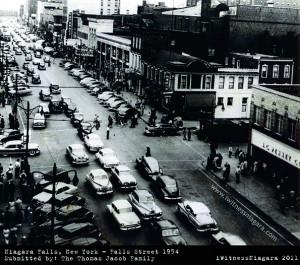
Hundreds of buildings were demolished and thousands of residents were displaced for the city’s Urban Renewal program of the 1970s. What were they thinking?
Most people today don’t realize it, but until 1961, and the opening of the Robert Moses Power Plant, electricity here was generated by a private company, the Niagara Falls Power Company.
After a rockslide damaged one of the firm’s several generating plants in 1957, the state stepped in and the U.S. Congress acted to build the Robert Moses, an $800 million power plant that was the largest hydroelectric generating facility in the Western world when it opened.
More than 2,000 acres of private land, including 550 acres of the Tuscarora Indian Reservation, were seized under sovereign immunity provisions by the government for the project.
At the same time, the Robert Moses Parkway was built, essentially cutting off both the state park and the power plant from the city. Whether this was by happenstance or design is uncertain, but the push to tear the parkway out has been raging for the past 20 years.
The revenue generated by the Robert Moses Power Plant each year is uncertain. Electricity generated at the plant serves to power much of the Eastern United States, though Niagara Falls residents see very little benefit from the plant, and pay some of the highest electricity rates in the country.
Local politicians and the media were unanimous in their support for the plant when it was erected.
What were they thinking?
But if there is anything that points up the stupidity of local officials throughout the city’s history more than giving away the tourism associated with the state park and the hydroelectric power provided by the mighty falls themselves, it was the wanton and wholesale destruction of the city’s tourist district during the so called Urban Renewal program of E. Dent Lackey.
Hundreds of historic buildings were torn down, businesses were closed and thousands of residents were displaced in order to create a wasteland of empty plazas and huge but little used buildings.
Failed projects such as the Rainbow Center Factory Outlet, the Niagara Falls Convention and Civic Center, the Native American Cultural Center, the Hooker Chemical headquarters building, the Wintergarden, the Fallsville Splash Park, Aquafalls, a multi-story parking ramp, an enclosed pedestrian walkway bridge, the Falls Street Faire / Falls Street Station amusement complexes, parts of the Robert Moses State Parkway, and the Mayor E. Dent Lackey Plaza closed within twenty years of their construction.
Many demolished blocks were never replaced. Ultimately, the former tourist district of the city along Falls Street was destroyed.
In Niagara Falls, the convention center blocked traffic into the city, located in the center of Falls Street, and the Wintergarden also blocked traffic from the convention center to the falls. The Rainbow Centre interrupted the street grid, taking up three blocks, and parking ramps isolated the city from the core, leading to the degradation of nearby neighborhoods. Tourists were forced to walk around the Rainbow Center, the Wintergarden, and the Quality Inn, in total five blocks, discouraging small business in the city.
Urban Renewal and the giving away of the tourism and power generating industries are but three historic examples that prompt the question.
What were they thinking?

